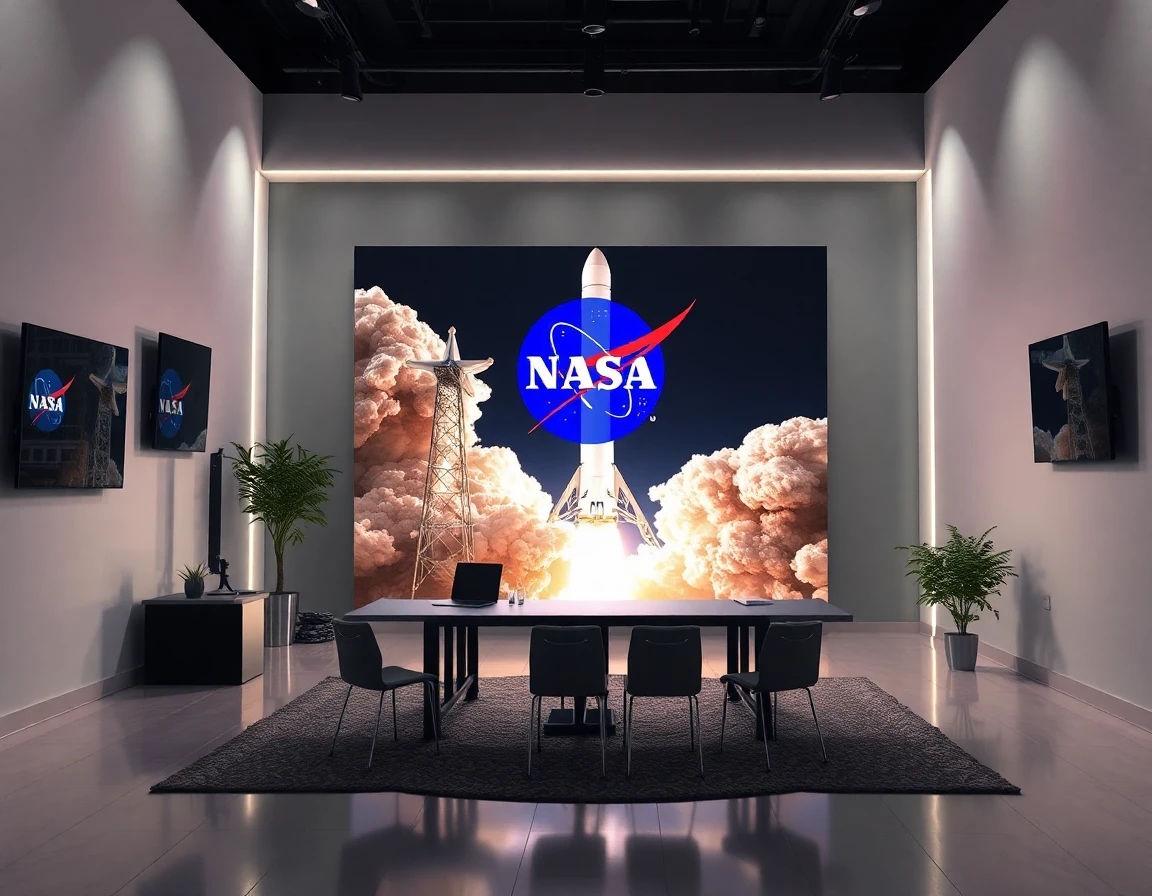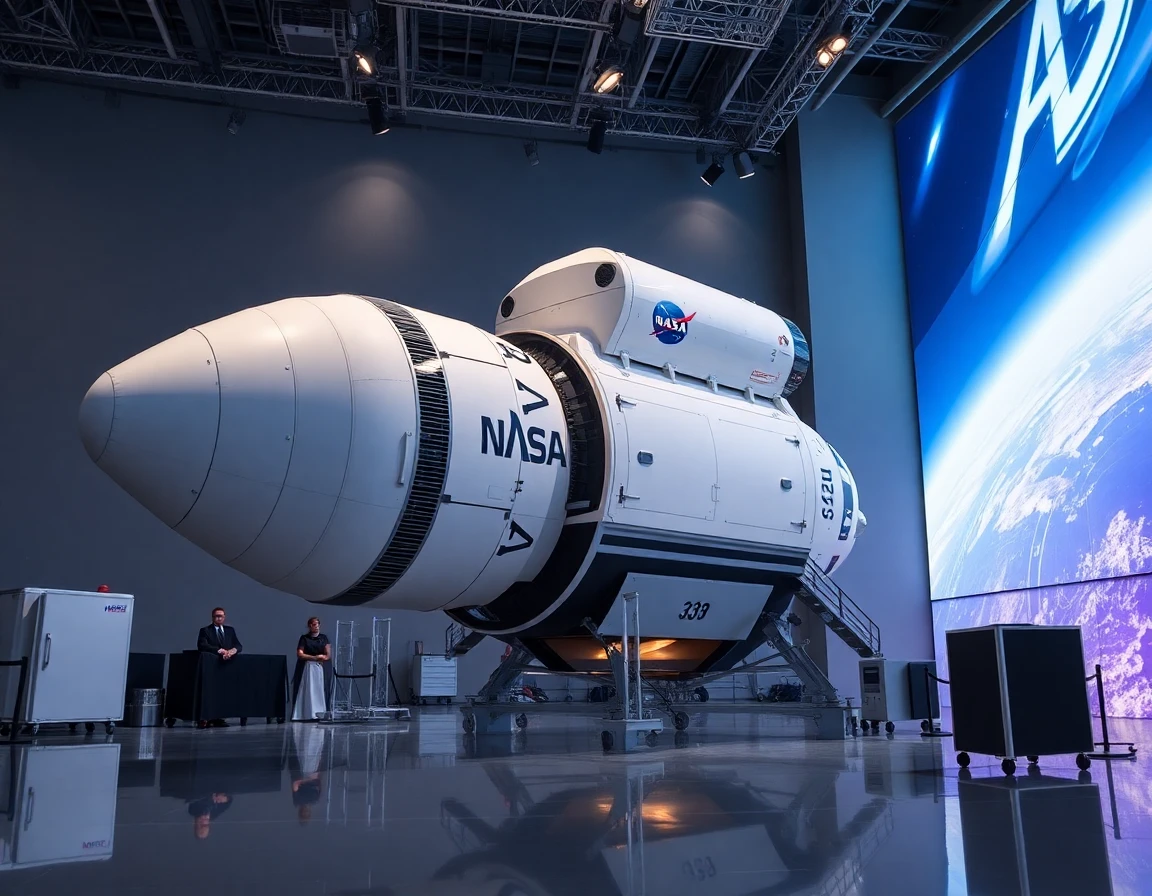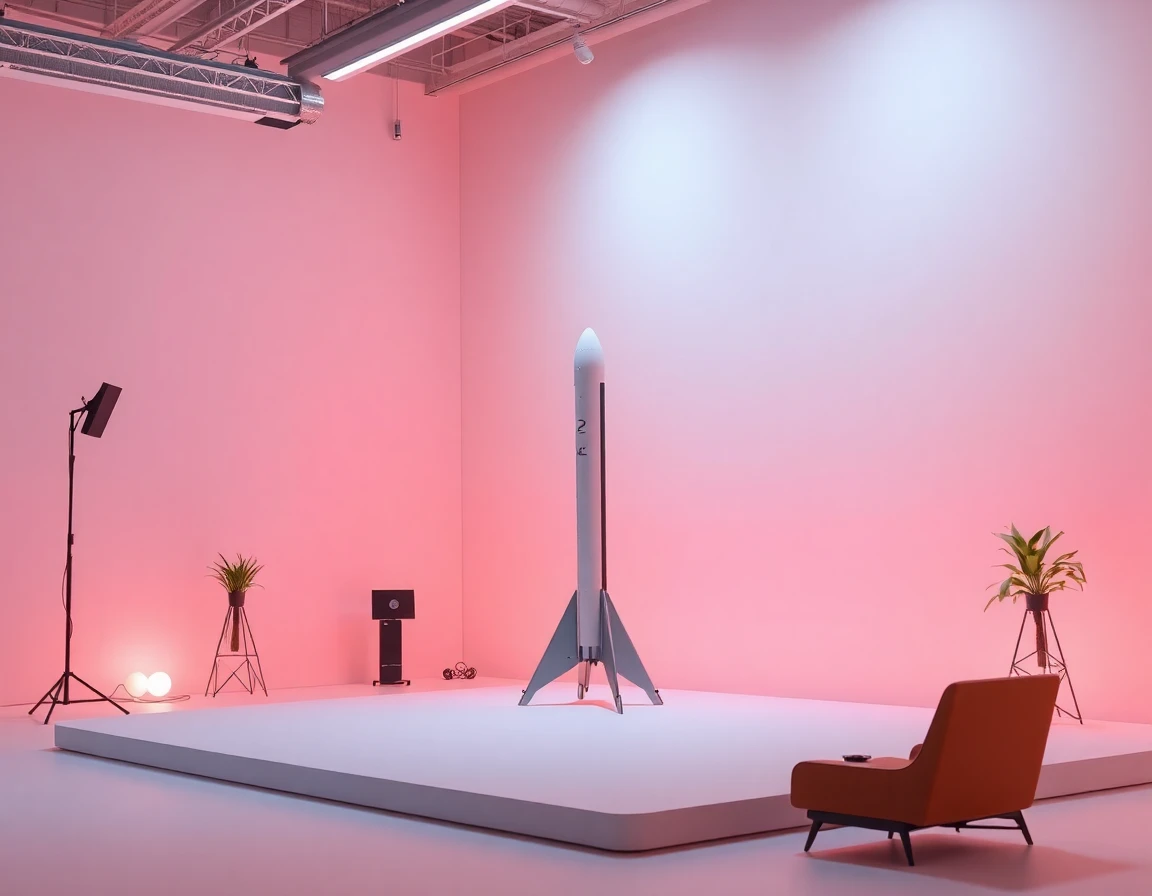NASA’s SpaceX 33rd Commercial Resupply Mission Overview
In a pivotal moment for space logistics, NASA’s latest collaboration with SpaceX has launched the 33rd Commercial Resupply Services (CRS) mission, aimed at delivering critical supplies and scientific experiments to the International Space Station (ISS). This mission not only highlights the efficacy of commercial partnerships in space exploration but also showcases cutting-edge technologies that enhance operational capabilities.
Mission Highlights
The CRS-33 mission, which took flight aboard a Falcon 9 rocket, is equipped with a Dragon spacecraft designed to transport approximately 6,500 pounds of cargo to the ISS. Among the delivered payload are scientific experiments, hardware for the ISS, and supplies needed for astronauts living and working aboard the station.
NASA’s commitment to utilizing commercial partners like SpaceX is evident in its strategic objectives to reduce costs and enhance the efficiency of resupply missions. This partnership allows NASA to focus on deeper space explorations, including future missions to the Moon and Mars.
Advanced Technologies in Use
Central to the success of this mission is the integration of advanced navigation technologies. The Dragon spacecraft utilizes an array of inertial navigation systems, ensuring precise trajectory control and positioning during its journey to the ISS. These systems enhance the spacecraft’s ability to autonomously dock with the station, a critical operation that requires meticulous precision.
Additionally, the Dragon spacecraft is outfitted with high-precision gyroscopic instruments that stabilize and guide the vehicle during its ascent and docking phases. This technology is vital for maintaining the correct orientation and trajectory, especially when maneuvering in the challenging environment of low Earth orbit.
Expert Insights
Dr. Emily Johnson, an aerospace engineer at NASA, commented on the significance of this mission: “The CRS-33 mission not only represents the continuation of our partnership with SpaceX but also emphasizes our commitment to leveraging innovative technologies that enhance mission success. The precision offered by modern inertial navigation systems and gyroscopic instruments is crucial for the safe and efficient transport of cargo to the ISS.”
Potential Impacts on Future Missions
As NASA continues to expand its commercial partnerships, the implications of the CRS-33 mission extend beyond immediate logistical support. The technologies and operational strategies developed through these missions are laying the groundwork for future exploration endeavors. The success of the CRS missions underscores the viability of commercial spaceflight in supporting NASA’s broader goals, including the Artemis program aimed at returning humans to the Moon.
Furthermore, this mission contributes to the growing body of data and experimental research conducted aboard the ISS, which is essential for understanding long-duration spaceflight and preparing for human missions to Mars.
Conclusion
NASA’s SpaceX 33rd Commercial Resupply Mission is a testament to the evolving landscape of space exploration and logistics. As commercial partnerships continue to flourish, the integration of advanced technologies will be pivotal in meeting the challenges of future space missions. With every launch, NASA is not just resupplying the ISS; it is also building a foundation for humanity’s next giant leap into the cosmos.
For those interested in the technical advancements driving these missions, the precision offered by navigation systems and the reliability of gyroscopic instruments represent just a glimpse into the future of aerospace technology and exploration.



